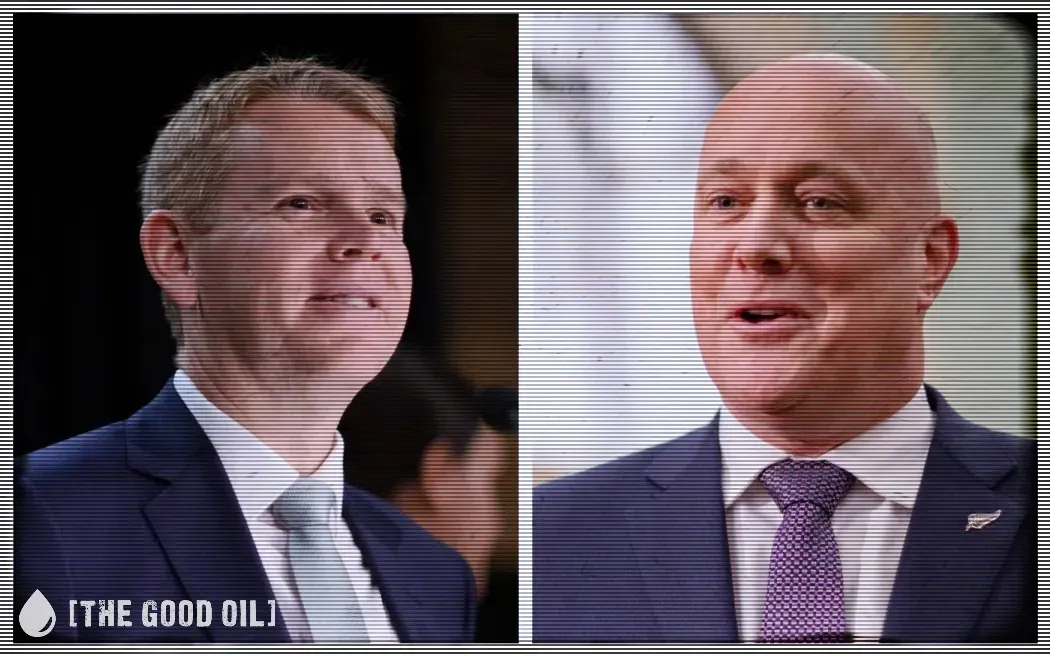The Clown World meme swept the internet — or, as the left media would have it, “the intellectual dark web” — in recent years, because, the thinking went, the only way to explain the ludicrous chaos we live in is if it’s a literal clown show. Like the Absurdists before them, the Clown Worlders judged that the current state of the world could only be explained by absurdity.
There’s a venerable bit of military slang to the same effect: SNAFU. The acronym stands for Situation Normal: All Fucked Up. In other words, everything’s gone to shit — but that’s just how it normally is. The term is generally agreed to have originated in early WWII. Certainly, by 1943, the Warner Bros cartoon crew were animating the antics of Private Snafu.

The idea that chaos is the normal state of the world is not a new one.
There’s an old Soviet joke in which a journalist asks the general secretary of the Communist party to assess the country’s economy. ‘Good’ is the short answer. The journalist implores the leader to elaborate so he can complete his story. ‘In that case,’ the general secretary responds, ‘not good.’
Much the same could be said of the state of the world today.
As the following wrap-up of world affairs elaborates, “SNAFU” is a kind description of matters.
The US–China relationship, arguably the most important of this era, is in poor shape despite a recent increase in the pace of diplomatic exchanges. The US goal is for the two major powers to establish a floor for bilateral ties. At best, however, the two governments will be able to avoid a crisis. But that is made more difficult by China’s refusal to resume military-to-military communications and establish a crisis communication channel. Even optimists don’t foresee a path for the two to cooperate meaningfully on pressing regional or global challenges in the near future.
China, of course, is a world unto itself, with a whole world of its own problems. Mostly of its regime’s own making.
Meanwhile, China faces significant economic challenges, largely due to its own policy shortcomings. But even if the problems are homegrown, it doesn’t mean the consequences will remain confined to China. At a minimum, what happens there will impede global economic growth. At worst, there’s the possibility that China’s leadership will be tempted to act more aggressively abroad to distract from its domestic economic woes.
Speaking of “acting aggressively abroad to distract from domestic economic issues”, there’s still North Korea, playing the wildcard gig.
Then there’s actual wars.
Another concern is that Ukraine’s counteroffensive, which was launched roughly three and a half months ago, has made limited progress. Well-fortified Russian forces still control large swathes of Ukraine’s east and south. This reality, along with Russia’s ability to boost its wartime weapons production—despite the US-led sanctions—and import arms from Iran and North Korea, suggests that the war, now well into its second year, will continue for some time.
Ukraine is understandably disinclined to compromise on its goal of reclaiming its territory. It continues to believe that the military tide will turn in its favour as more advanced arms arrive from the West. Putin, for his part, believes he will be able to ride out the costs of the war and that waning American and European support for Ukraine is a matter of ‘when,’ not ‘if’.
In other words, Putin is playing the Dubya/Obama to Ukraine’s Afghanistan/Iraq. And, after twenty years of Forever War in Afghanistan, precisely what difference was made?
In Afghanistan, it’s increasingly clear that the new Taliban resembles nothing so much as the old Taliban. The real question is to what degree they will again allow their country to become a launchpad for terrorism. Then there’s the question of how much the Taliban will contribute to the instability that has exacerbated Pakistan’s vulnerabilities.
And now, thanks to Sleepy Joe, they’ve got $80 billion worth of good, old, American military know-how to play with. Way to go!
And speaking of weak states suffering from poor governance, weak institutions and limited capacity, their number is growing in Africa and Latin America.
Thanks to this, the tide of “migrants” from those regions is growing in tandem.
There is some good news. The strong Western response to Russian aggression and, more broadly, the renewed vitality of American-led partnerships and alliances in the Indo-Pacific aimed at deterring Chinese adventurism are prime examples.
In the Middle East, Iran recently released five American prisoners in exchange for Washington giving Tehran access to US$6 billion in frozen assets, on the condition that the funds be used only for food and medicine. The two countries also appear to be working on an arrangement—albeit not a formal pact—whereby Iran would accept some limits on its nuclear activities in return for sanctions relief.
The Strategist
Wait, what? That’s the good news? Does anyone seriously believe Iran is going to trouser $6 billion dollars and, pretty please, only spend it on food and medicine?
When you live in a SNAFU world, even the “good news” seems pretty alarming.









